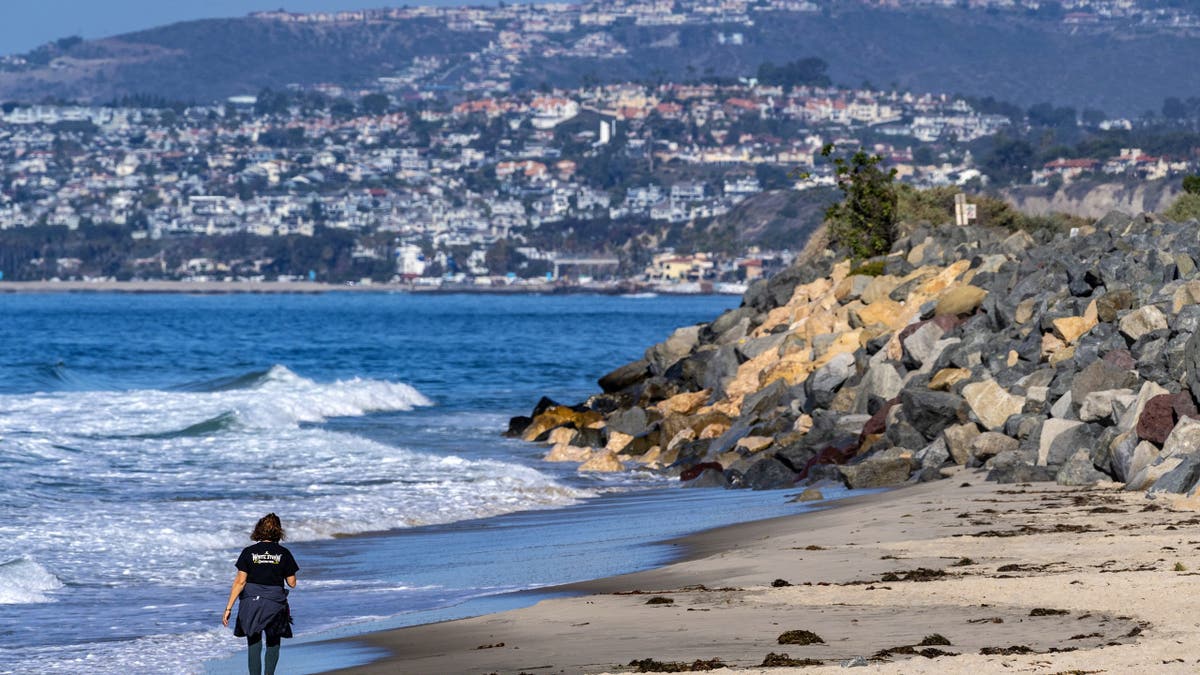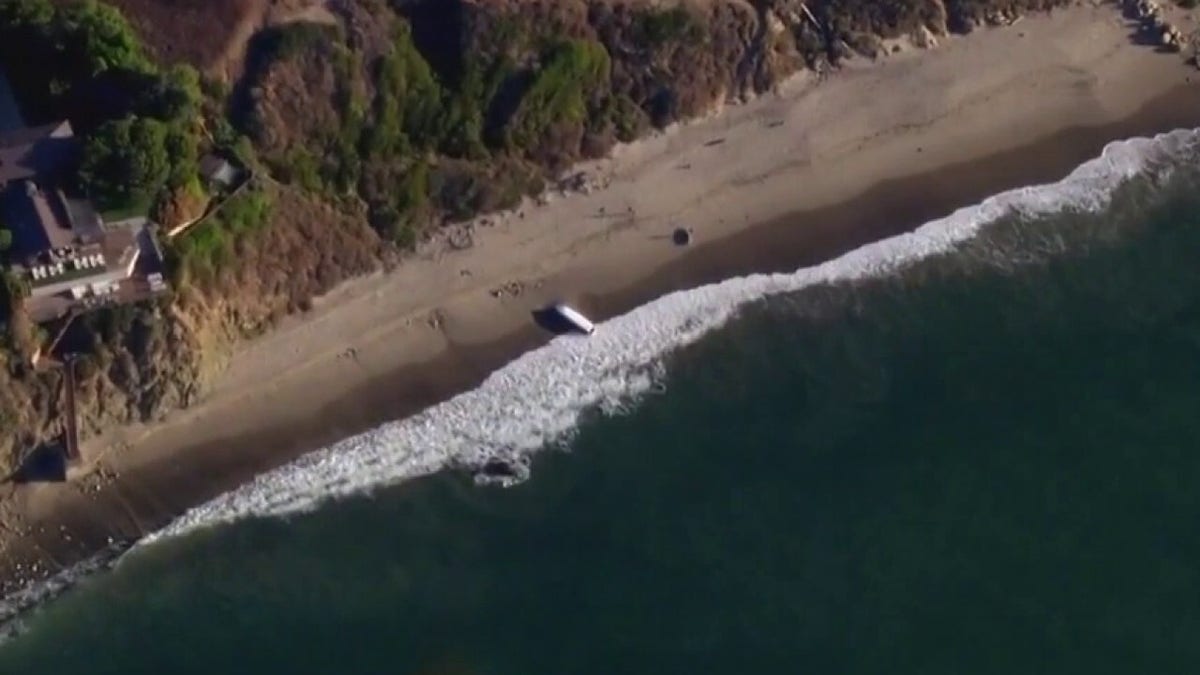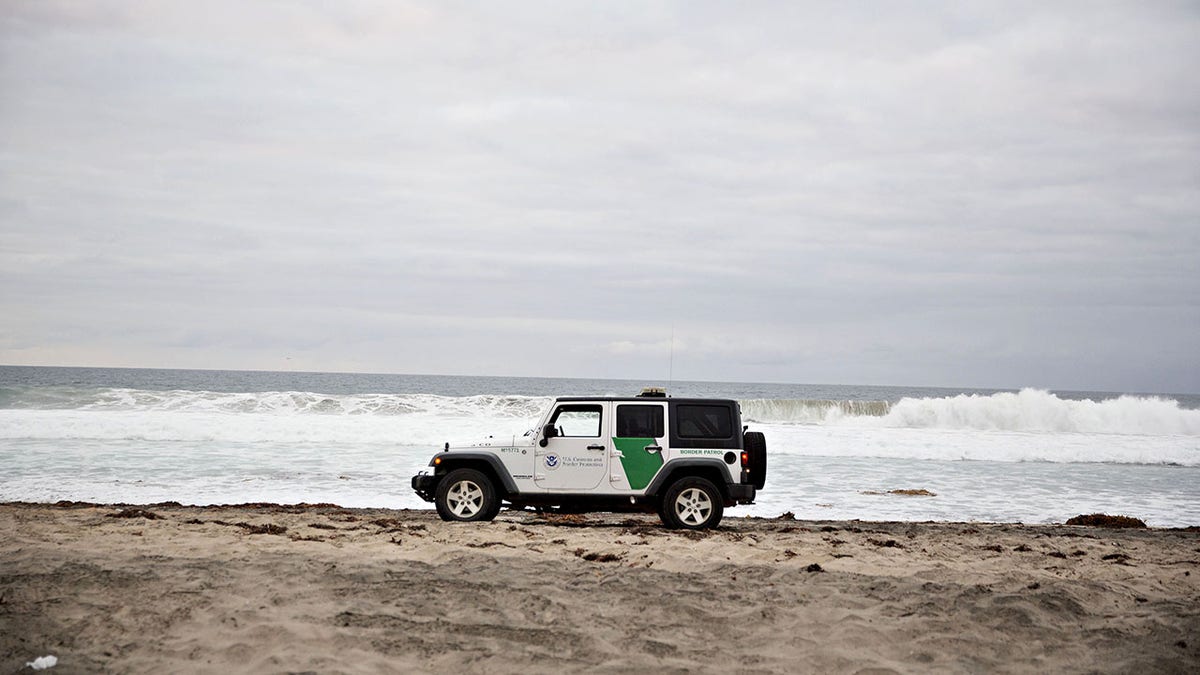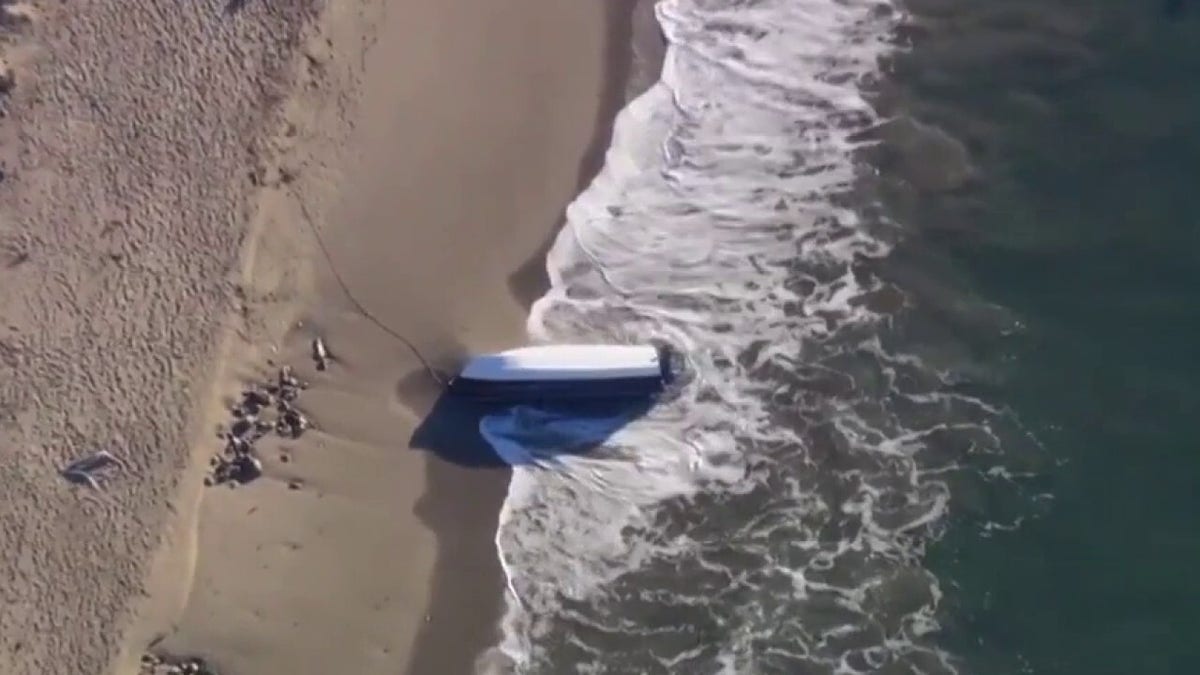Facing a surge in maritime migrant smuggling, the coastal city of San Clemente, California, is exploring a partnership with U.S. Customs and Border Protection (CBP) to establish 24-hour surveillance of its seven-mile coastline. Mayor Steve Knoblock revealed the city's plan to leverage existing cameras and potentially implement new technology to monitor the ocean for illicit activities, including the frequent arrival of pangas – small fishing boats commonly used to transport undocumented individuals.

While the city currently utilizes pier cameras for marine safety, these are not directed towards the open water. Mayor Knoblock proposed repositioning these cameras and incorporating technological enhancements to bolster surveillance capabilities. The City Council recently authorized outreach to the U.S. Border Patrol to discuss a collaborative monitoring initiative.
The mayor linked the rise in maritime smuggling to enhanced border security measures implemented during the Trump administration, suggesting that smugglers are increasingly turning to sea routes as land crossings become more challenging. He expressed concern that while land-based illegal immigration has been significantly curtailed, maritime smuggling presents a growing threat.

This initiative comes in the wake of increased panga sightings reported by ICE in 2021 along the Southern California coast. These vessels are known to transport not only migrants but also illegal drugs. Recent incidents in San Clemente involve both occupied and abandoned pangas discovered on the shore.
CBP confirmed its commitment to addressing maritime smuggling, emphasizing its ongoing evaluation of resource deployment strategies, including personnel, infrastructure, and technology, to effectively interdict smuggling operations, safeguard coastal communities, and hold smugglers accountable.

In addition to the smuggling concerns, San Clemente has also grappled with organized Chilean gangs carrying out targeted burglaries. The mayor described these gangs as highly organized and efficient, often completing their operations within minutes.

Despite California's sanctuary state status, which restricts local law enforcement cooperation with federal immigration authorities, Mayor Knoblock emphasized that the proposed camera project would involve direct collaboration between the city and federal agencies, bypassing the involvement of local law enforcement, specifically the Orange County Sheriff's Department, which considers immigration enforcement a federal responsibility.
Comments(0)
Top Comments